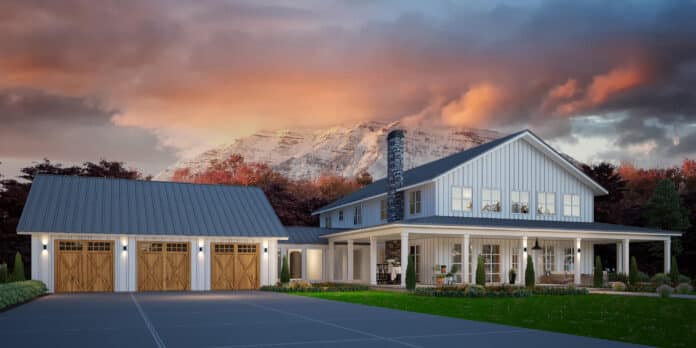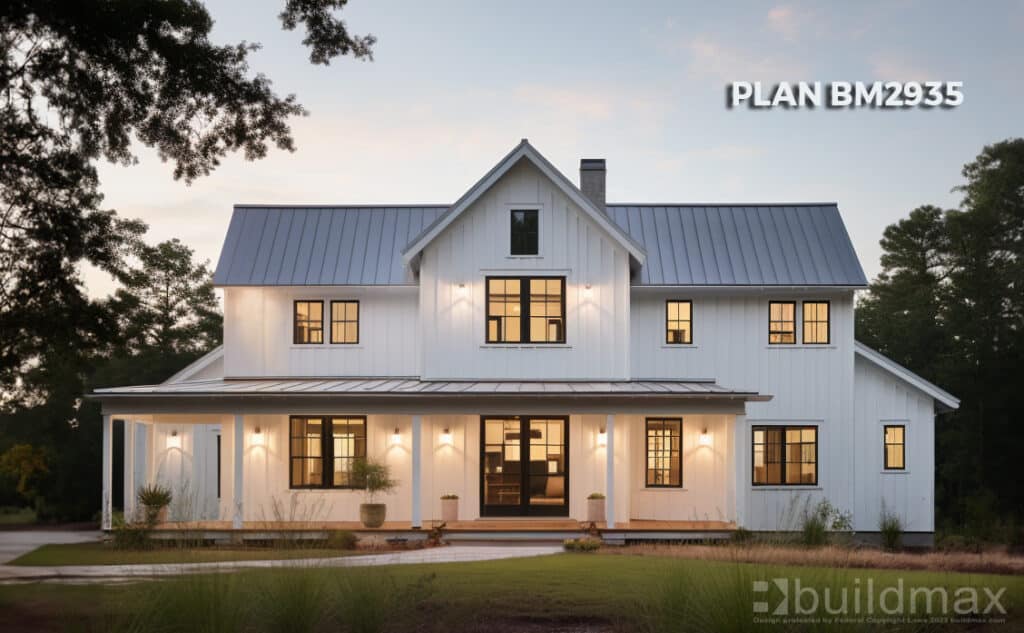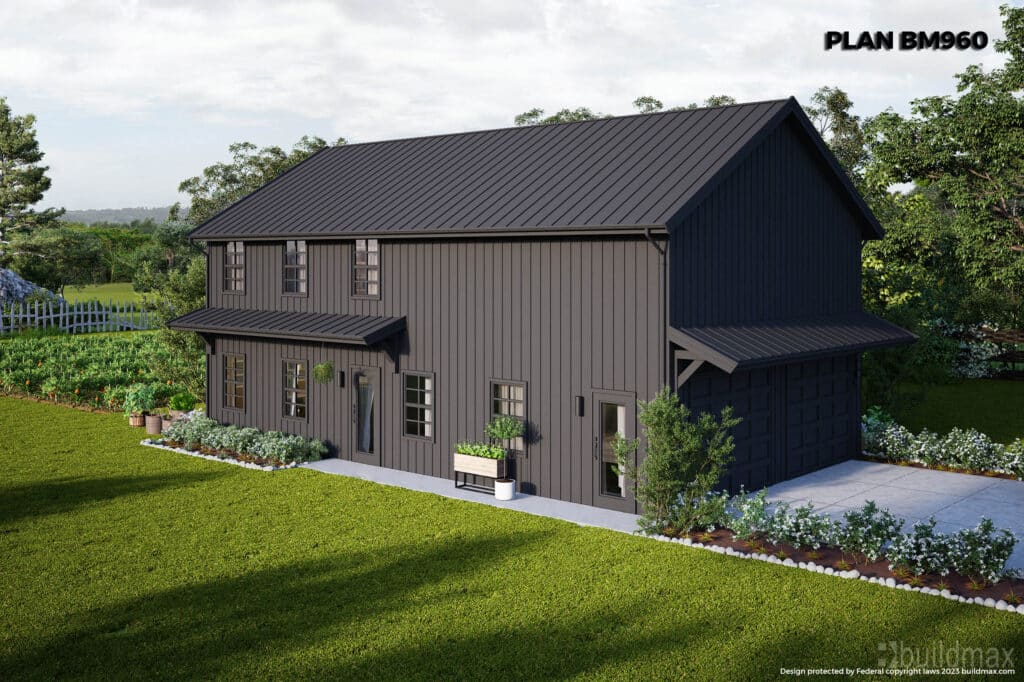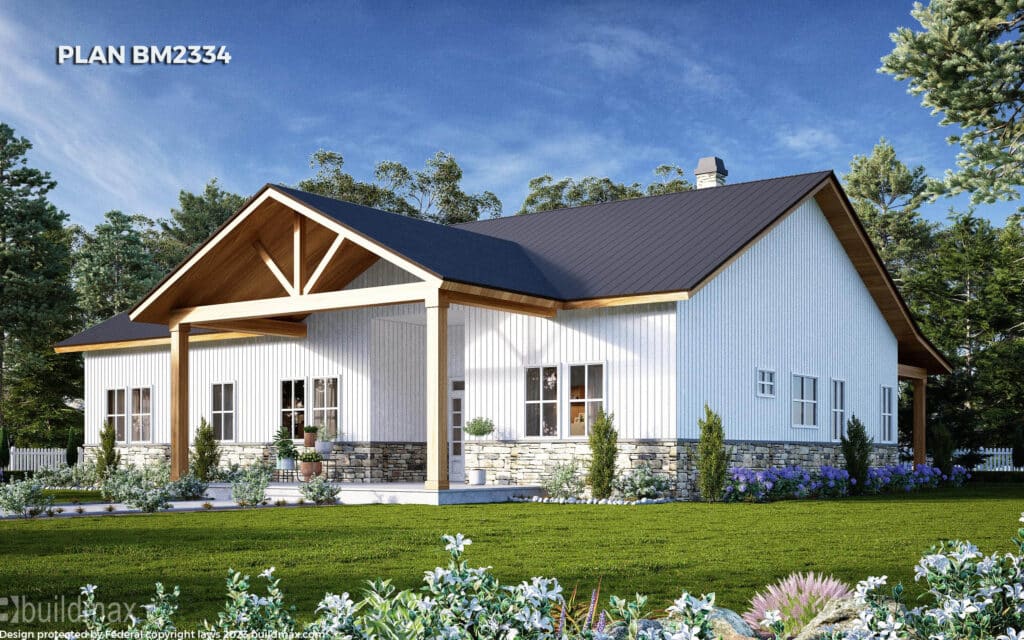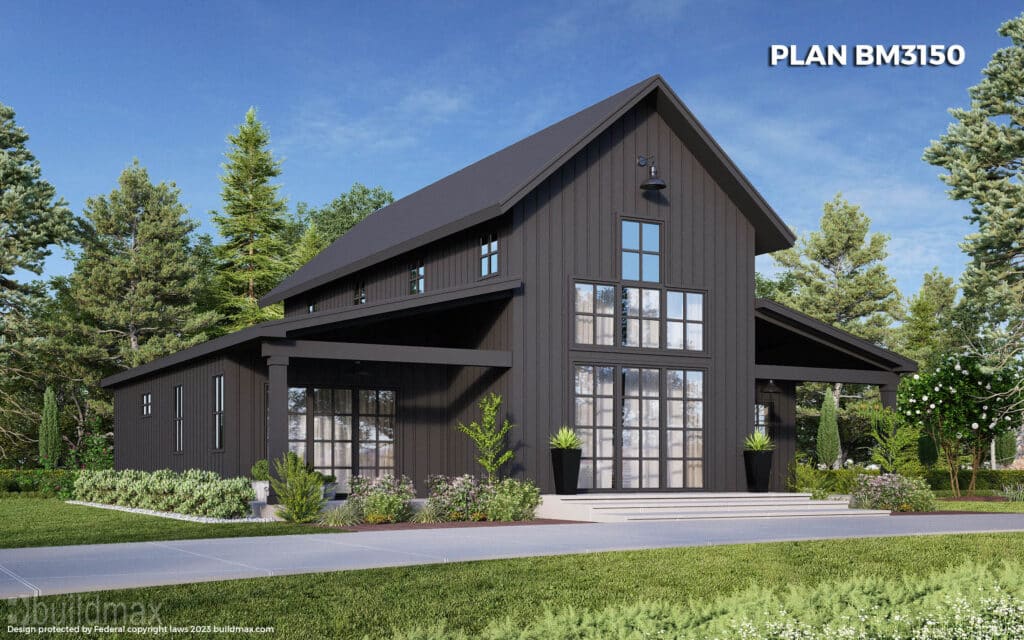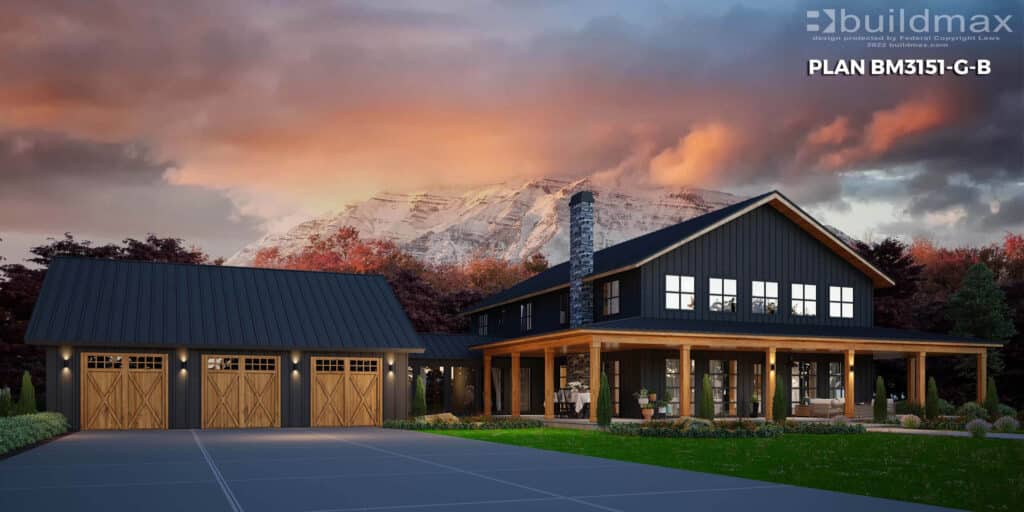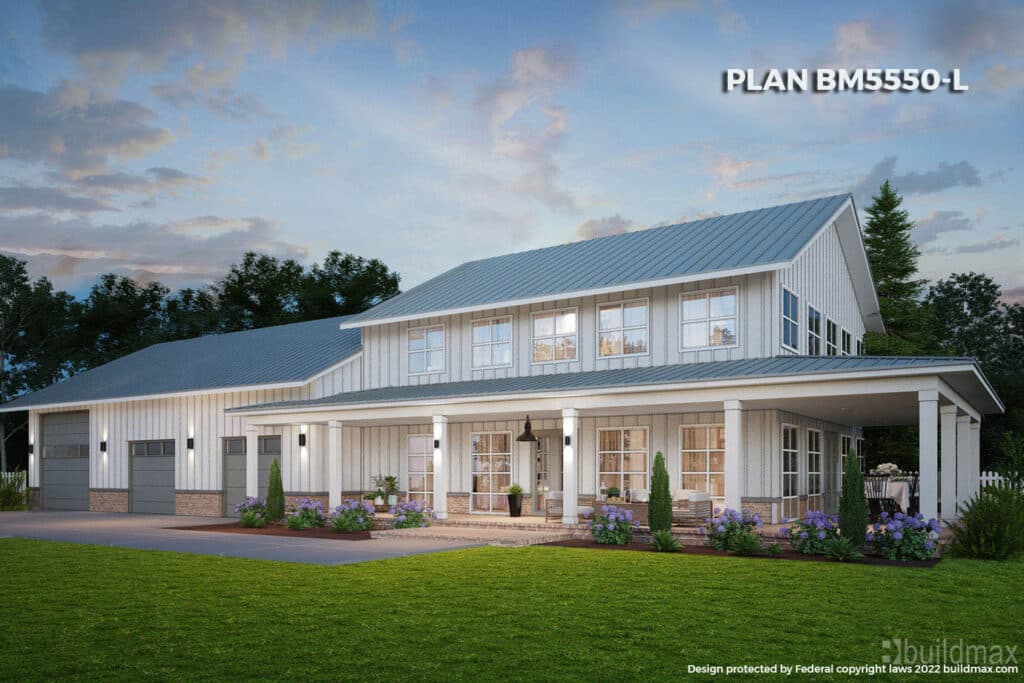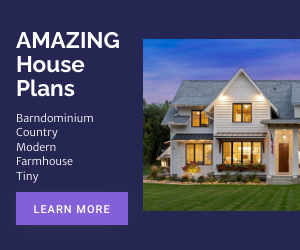Barndominium Homes in the Rocky Mountains – Can This Trend Take Hold in Colorado?
Blending the vast volume of agricultural steel buildings with residential finishes, barndominium homes have spread rapidly across warmer parts of America. But can the “barndo” trend flourish within the harsh winters and volatile climate of higher altitudes like Colorado? Regulations around constructing metal-framed Barndominium kits plus their physical resilience in extreme cold hold the answer.
Are Barndominiums Legally Permitted in Colorado?
The short answer – yes they are! Building codes and zoning laws in Colorado actually enable the Building of barndominium Homes through various classifications. Depending on the specific county statutes, they may fall under categories such as:
– Accessory Dwelling Units (ADUs)
Similar to “mother-in-law-quarters”, ADUs are fully functional homes sharing larger plots. These are sanctioned across Colorado subject to constraints like size or setbacks.
An ADU stands for “Accessory Dwelling Unit”. It refers to a secondary residential unit created on the property of a single-family home in addition to the main house.
Some key points about ADUs:
– They are self-contained small living spaces with their own kitchen, bedroom(s), bathrooms, living areas and exterior access independent of the main house. They can be attached or detached physically from the primary dwelling.
– Size varies but they tend to run under 1,000 square feet to differentiate from larger independent units. Some state/city codes have maximum sizes to be classified as ADUs.
– ADUs go by other names like granny flats, in-law suites, backyard cottages, secondary dwelling units etc. But core concept is an extra residence sharing a single-family lot.
– They expand housing supply making use of existing land and infrastructure in residentially zoned areas. This also provides homeowners with extra income potential via long-term rental.
– Regulations differ by state, county and city dictating aspects like maximum area coverage, setback distance requirements, parking provisions and construction guidelines that govern ADUs.
In a nutshell, Accessory Dwelling Units (or ADUs) offer flexible secondary residences to accommodate family needs or rental income goals while better utilizing residential land availability.
– Agricultural Buildings
Certain districts permit accessory steel buildings on farms or rural land, within which residential amenities can potentially be integrated. If you’re building a shophouse-style barndominium and permitting is highly regulated this may be an option that will allow you to somewhat skirt the harsh regulations imposed by the county, in these types of situations you may have to permit it under an agricultural structure if that’s what the municipality requires.
– Custom/Alternative Homes
Several counties recognize unconventional owner-built homes like barndominiums outside of mass construction norms. Custom builds simply require careful approval and inspection processes.
Additionally, most districts allow existing barns to be converted into habitable dwellings, providing routes for repurposing aged structures.
So while constraints exist around factors like waste management, fire safety, and construction stages, various avenues exist for creating legal barndo homes. Regulations do differ substantially across counties though, so thorough vetting with local authorities is key.
Can Steel Buildings Handle Harsh Rocky Mountain Winters?
Colorado’s elevation and continental climate bring arctic-like conditions through winter with heavy snow, while facing hot summers and seasonal tempests. So building durability is non-negotiable. The good news is steel building systems are extraordinarily resilient against the elements when well-designed – retaining structural integrity and insulating capacity in the harshest conditions.
In fact, steel frames have exceptional strength-to-weight ratios, resisting even powerful winds far better than timber. Their exoskeletons avoid Internal condensation risks prevalent in certain alternatives as well. Proper insulation and vapor barriers of course play pivotal roles too. Metal roofing also readily sustains heavy snow loading while enabling snowmelt drainage.
With smart material and Barndominium Floor Plan selections complementing rugged steel building cores, barndominiums can readily fulfill year-round residential needs in the demanding Colorado climate while harnessing coveted mountain views and stunning landscapes in all directions.
So ultimately Colorado’s regulations, terrain, and climate all Allow for adapting durable prefab steel Barndominium kits into exhilarating barndominium mountain retreats! Blending the vastness of steel barns with cozy interiors, they bring charming new lifestyle possibilities. Call buildmax.com today to discuss building a Barndominium of your own in the picturesque Rockies.



